Abidjan attractions and its surrounding areas

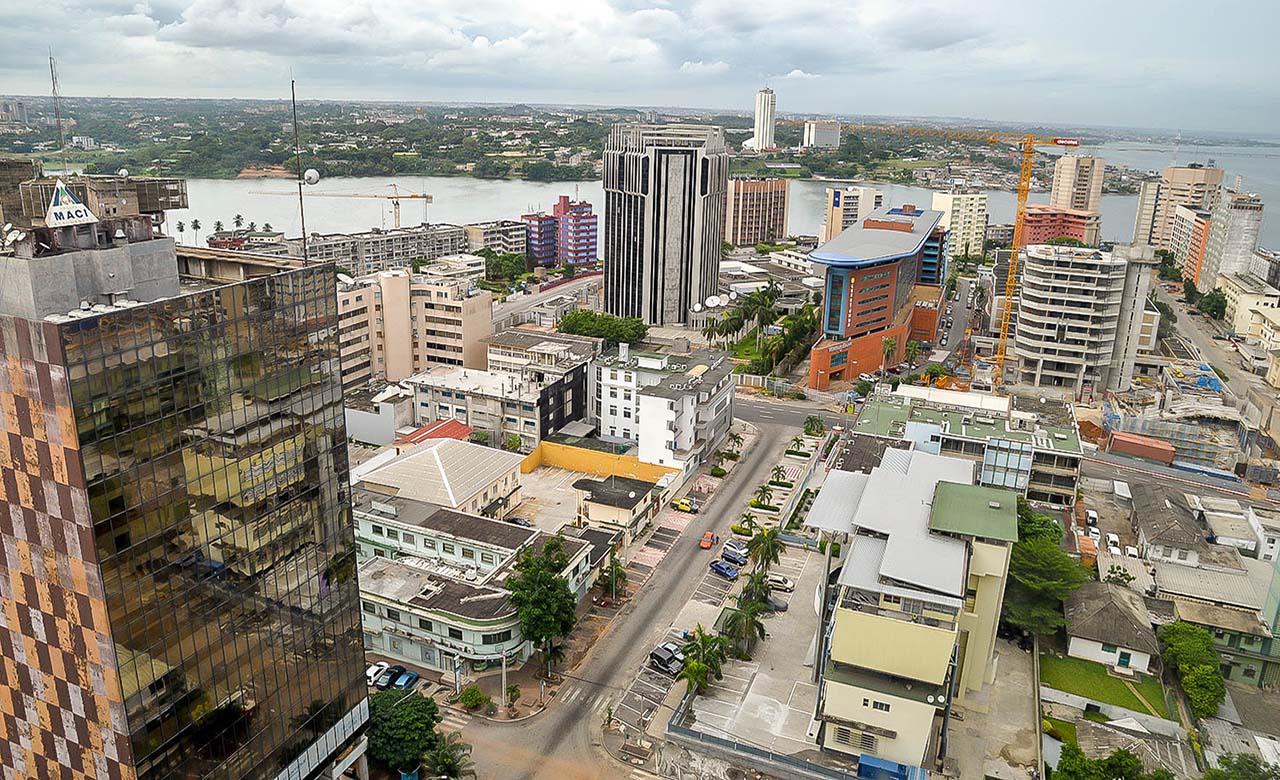
With a surface area of 2,119 km² (the district of Abidjan) and 422 km² (the city of Abidjan), Abidjan is not only the economic capital of Ivory Coast but also the most populated city in French West Africa. According to the 2014 census, Abidjan has a population of 4 707 404 habitants. Considered as the cross-road of West African cultures, Abidjan had witnessed a tremendous economic growth that was characterised by a high rate of industrialisation and galloping urbanisation.
The Civilizations Museum
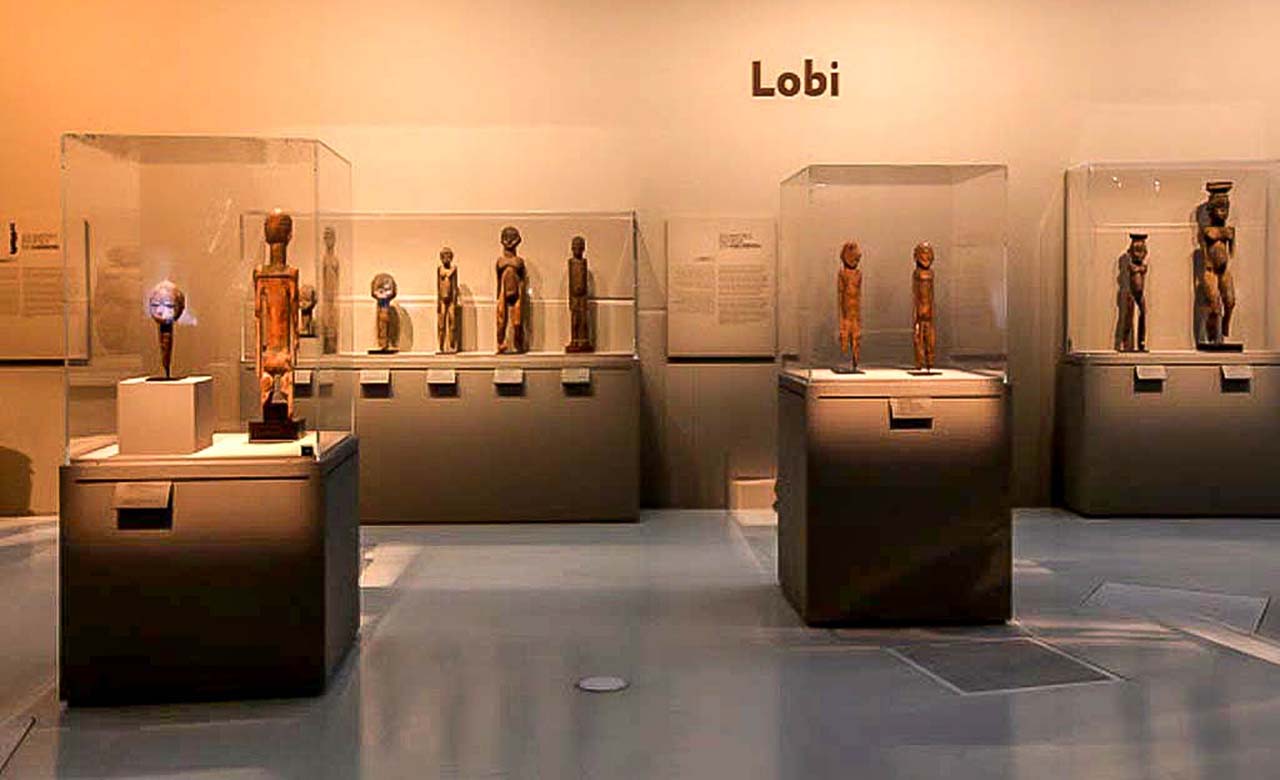
The Civilizations museum is a State museum situated at Abidjan and founded in 1942. The civilizations museum has a very rich and varied collection of artifacts that are made up of about 15 210 authentic pieces coming from all the regions of Ivory Coast. The museum collection is made up of diverse category of objects. They include statues, masks, musical instruments, archaeological pieces, power attributes, weights weighing gold, everyday objects, ornaments, photographs, slaves’ shackles, carved doors, pottery, textiles etc. These objects trace the history of the melange of Ivorian cultures and population. It is open to the general public from Tuesday to Friday, as from 9:00 am to
5:00 pm without any interruption.
The Artisanal Centre of Abidjan (CAVA)

The Artisan Center of the City of Abidjan is a place for the exhibition art objects. It is organized into small compartmental villages made up of a succession of small shops. Works of art such as batiks, Korhogo paintings, loincloths, jewels, paintings, etc. are found here. The art objects found in the craft center are either of local origin or are coming from neighbouring countries. Opening hours: Open every day and on public holidays, from 7 am to 6 pm.
The Banco National Park

Found in the heart of the city of Abidjan, the Banco National Park was created in 1953 and covers a surface area of about 3000 hectares. It is an example of a virgin forest with rare species of plants and animals. The Banco National Park is the harbour of several species of primates and birds (cite some animals and birds’ species).
The BINI domain
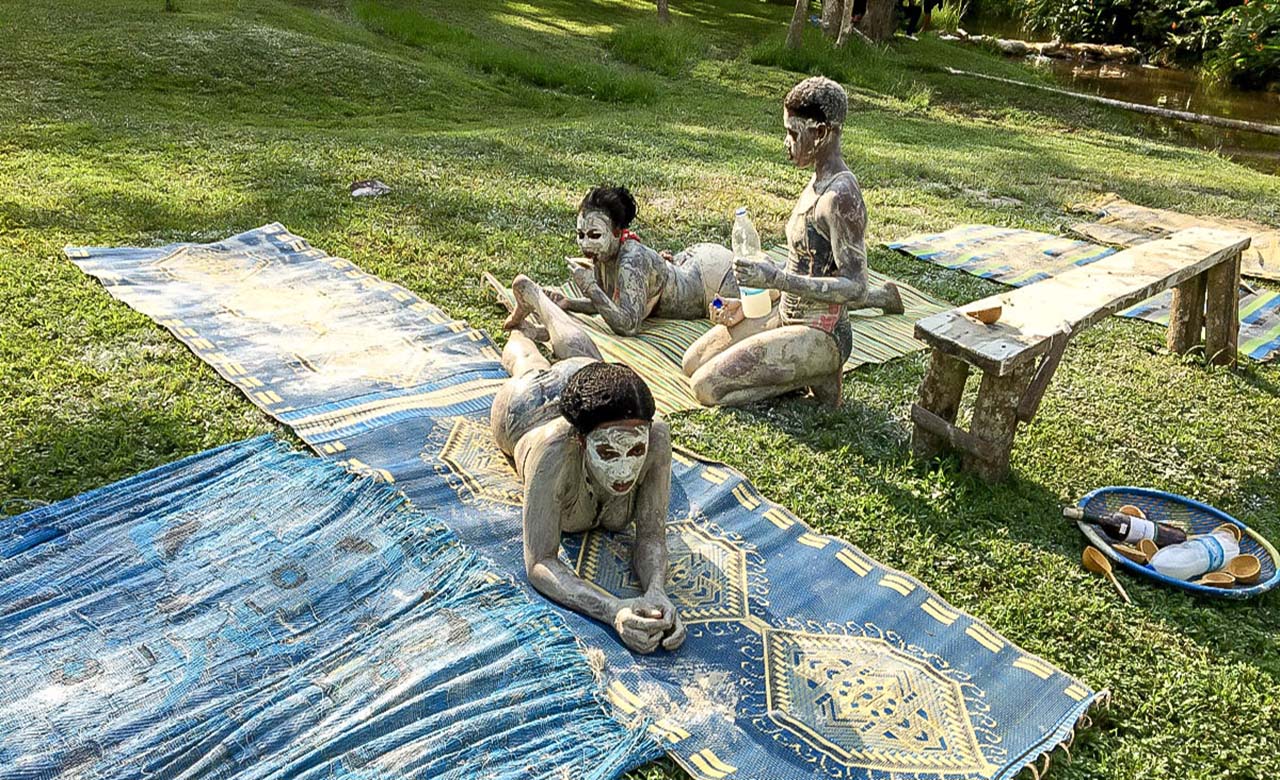
Located some 30 minutes’ drive from the city of Abidjan, the Bini domain is an ecological site that covers an area of 70 hectares. It is an ideal setting to come out from everyday stress and immerse yourself into pure nature. You can practice hiking, zip lines, take a bath of clay, swim or just relax for those who need rest. A passionate and warm professional team will take care of you during your visit. At last, daily stress will go away into nature!
The Billionaires Bay

The Billionaires Bay is built on the Boulay Island. It is a ferric and luxurious residential quarter. The Boulay Island is a small island found on the Ebrié lagoon, not too far from the Yopougon City hall. It hosts most of the middle class population of the city and has nothing to envy to the Caribbean beaches. It is a luxurious site that is void of the city turmoil and has been nicknamed by the city dwellers as Beverly Hills.
Charles Alphonse Combes Museum
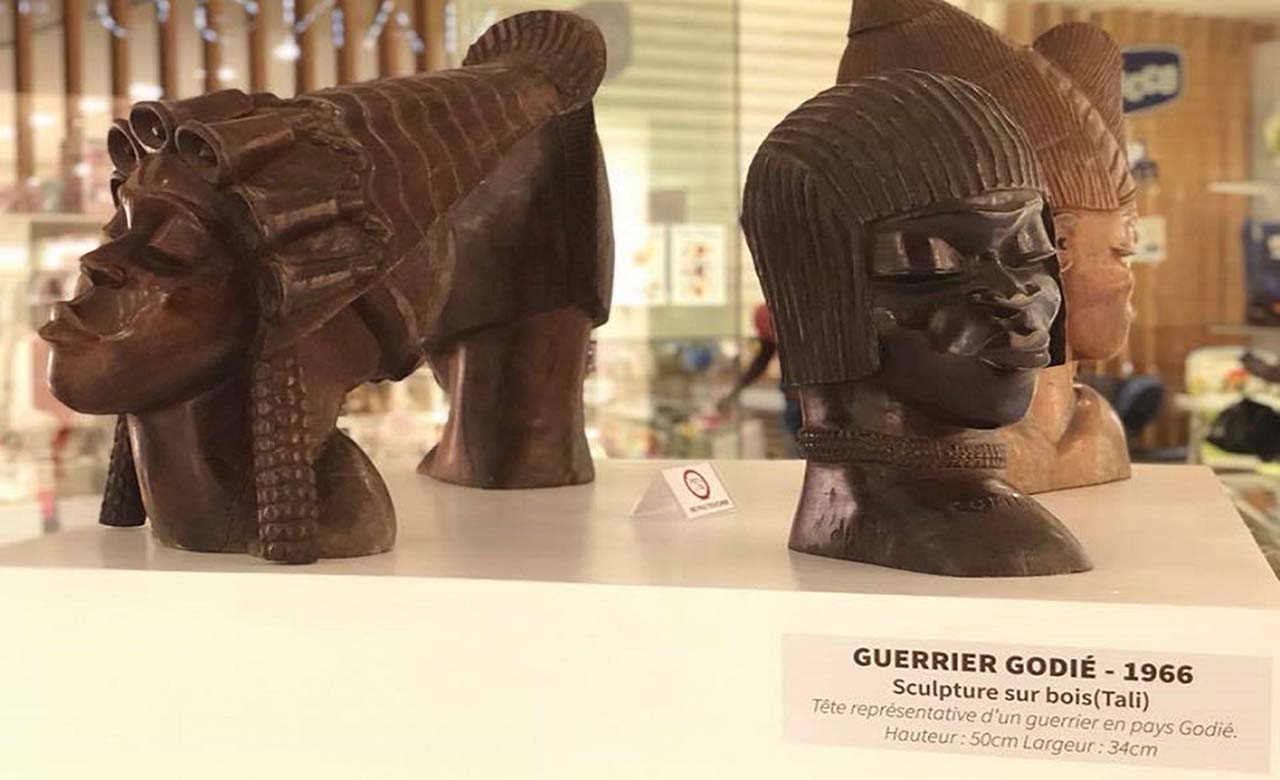
Located within the building of the TECHNICAL CENTER OF APPLIED ARTS OF BINGERVILLE (C.T.A.A), the COMBES museum was created in 1968 and it counts nearly 91 pieces, composed of paintings and sculptures.
The Saint Paul Cathedral of Abidjan
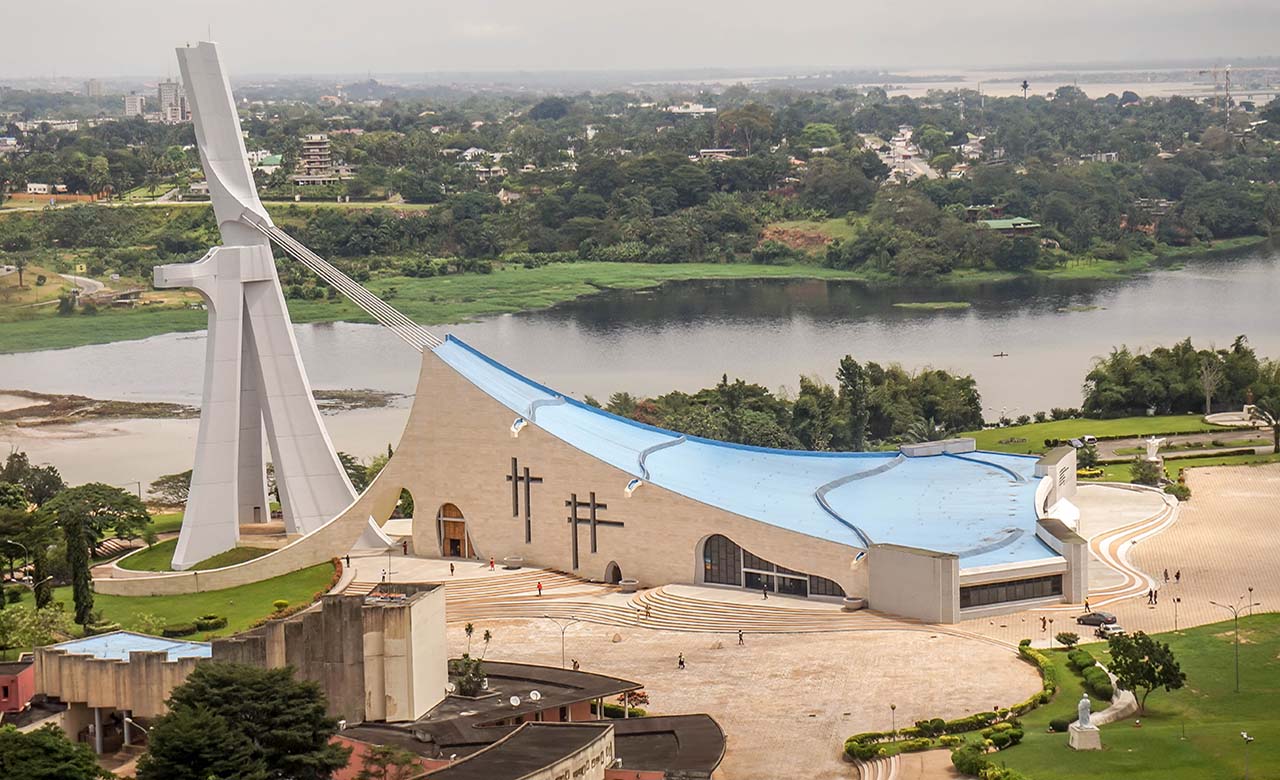
The Saint-Paul Cathedral of Abidjan was constructed by the Italian architecture, Aldo Spirito in1985, an initiative of late President Félix Houphouët-Boigny. This important architectural masterpiece is found in the heart of the city of Abidjan. Christians frequently visit this cathedral for pilgrimage. It is an excellent site to experience religious tourism.
The Abidjan Zoo
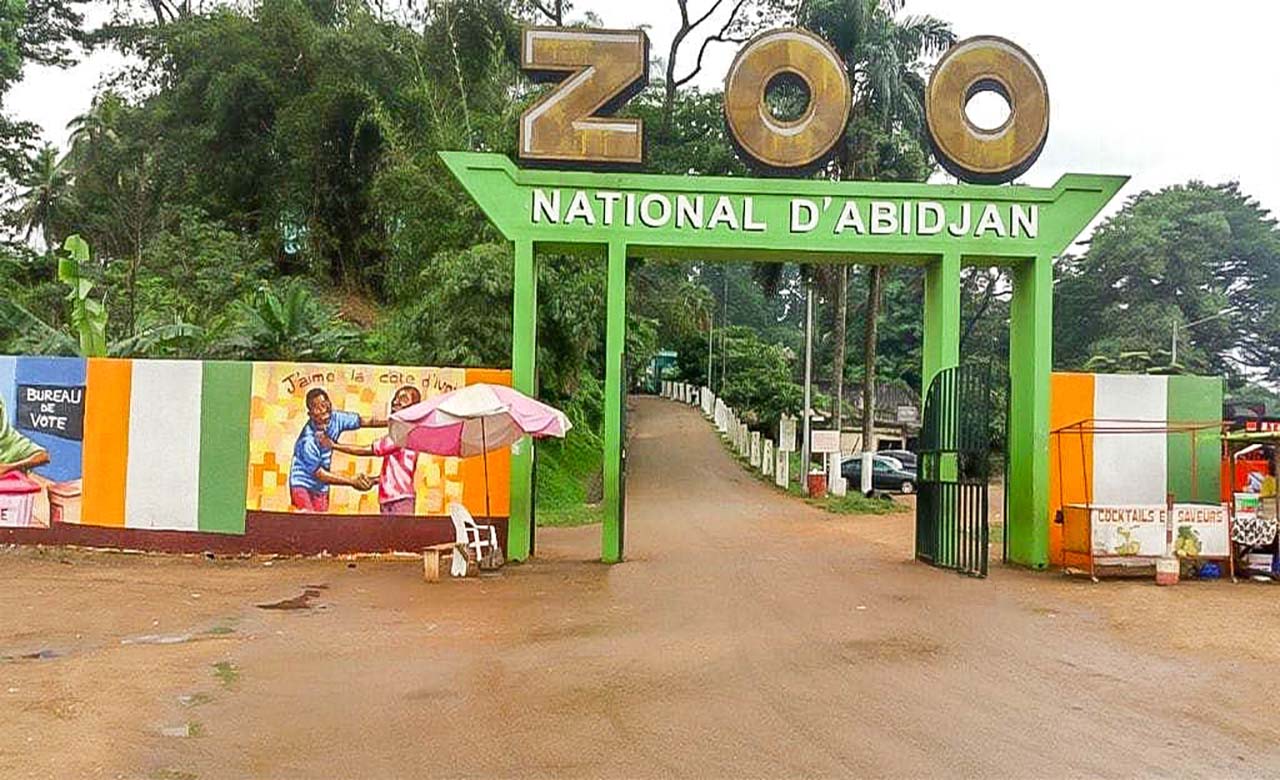
It was created in 1972 as a private initiative, before being transformed into a State property on the same year, and placed under the Ministry of Environment, Water and Forestry. It covers a surface area of about 20 hectares. Three important groups of animals are found here; mammals, reptiles and birds. A small group of rodents can also be found here. The Zoo has 230 animals regrouped into 48 species, including several varieties of monkeys, turkeys, pelicans, genets, mongooses, crocodiles, studs, monitor lizards, pythons, civet cats, turtles, various deer species, antelopes and many other species. It is an ideal place to reconnect with fauna. A visit to the Zoo permits to generate resources
necessary for the follow up and amelioration of the living conditions the animals therein.
The Bingerville Botanical Garden
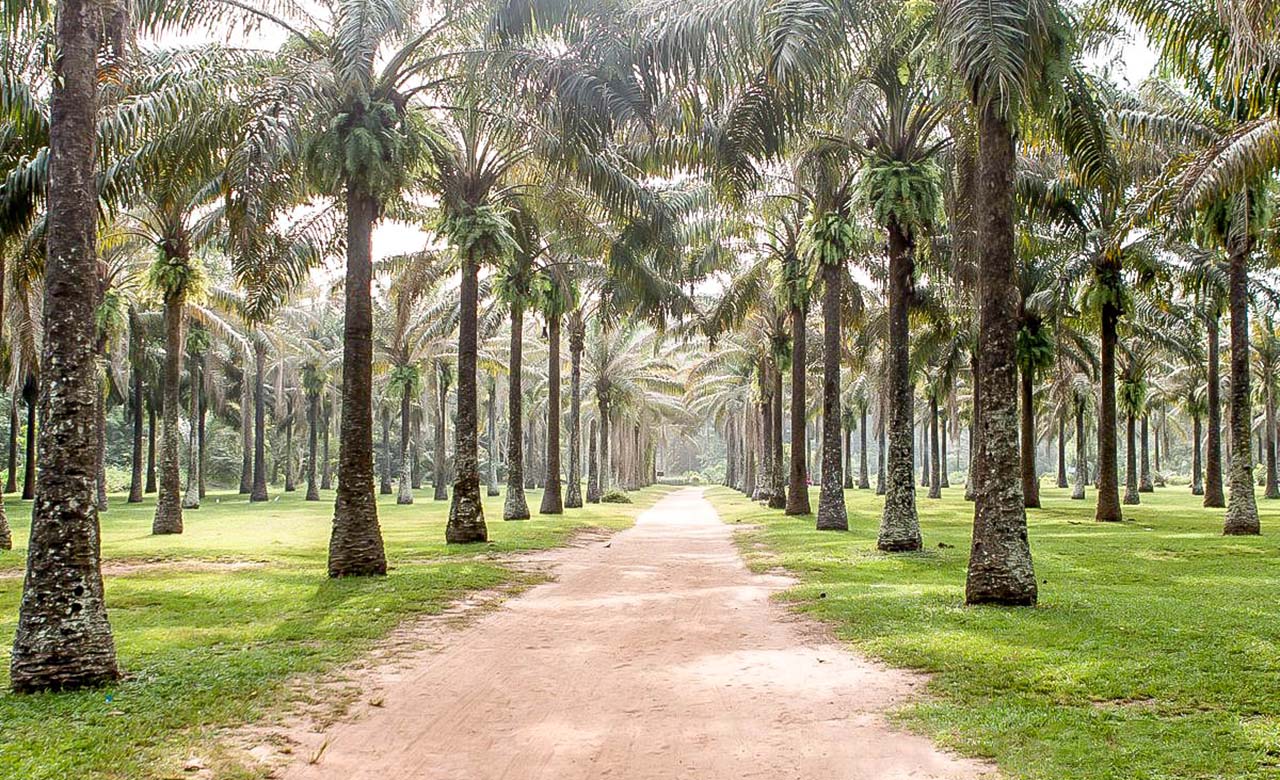
The Bingerville Botanical Garden is about 20 km east of Abidjan. It was created during the colonial period (1904) by a decision of Governor Angoulvant. The objective of putting into place this garden was the introduction, conservation and experimentation plants coming from various horizons. It is also used for scientific research.
The Dalihafleur Nature Reserve
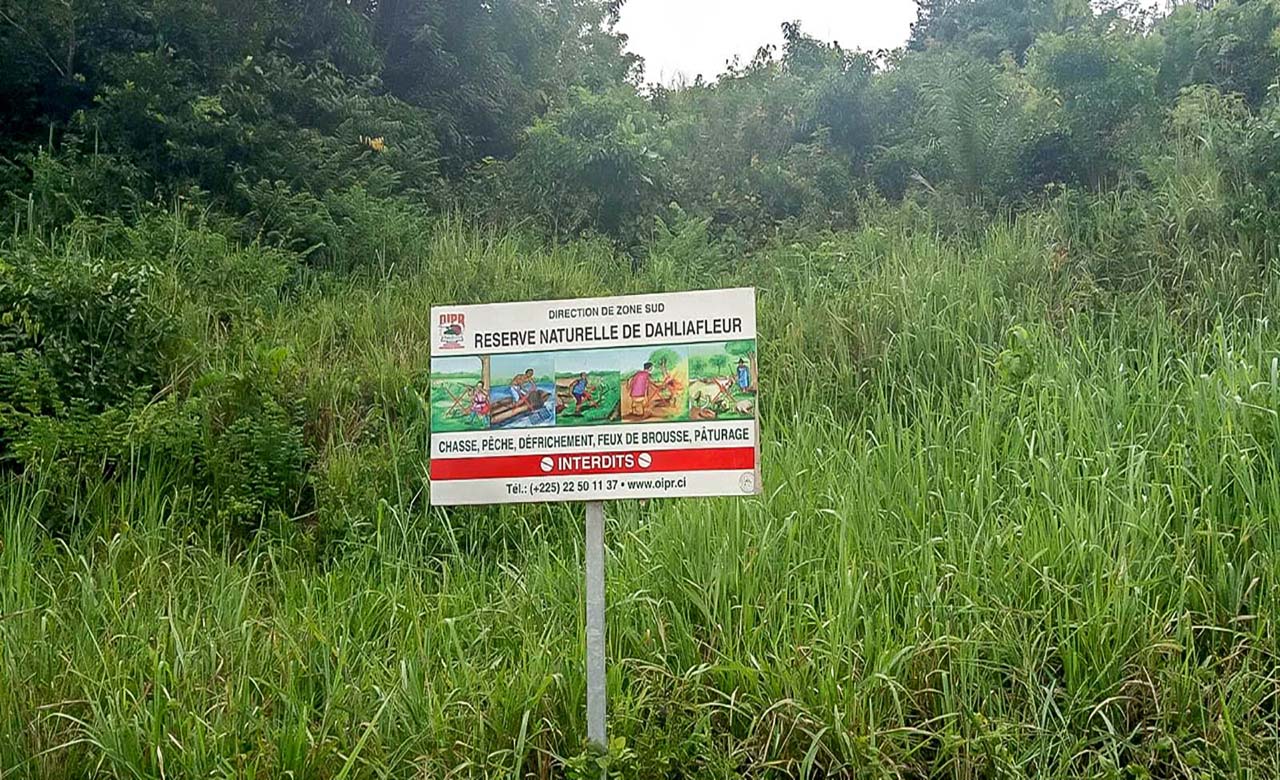
Created in 2004, the Dalihafleur Nature Reserve covers a surface area of 157 hectares. The Dahliafleur Nature Reserve offers a rich and diverse flora and fauna that is conducive for scientific research. This reserve is highly recommended to practice ecotourism and its gentle terrain favours walking and hiking trips. 15 species of mammals and 69 species of birds have been counted in this nature reserve. You can visit it (mention some attractive species).
The Autonous port of Abidjan

Constructed in 1951, the Abidjan deep seaport is the most important port in West Africa, coming before the Lagos seaport and the autonomous port of Dakar. It is the second important port in Africa, coming next to the Durban seaport of South Africa. With a depth of 13.5 meters, its construction was indispensable because of the rapid development of trade volume.
The Military Museum of Abidjan
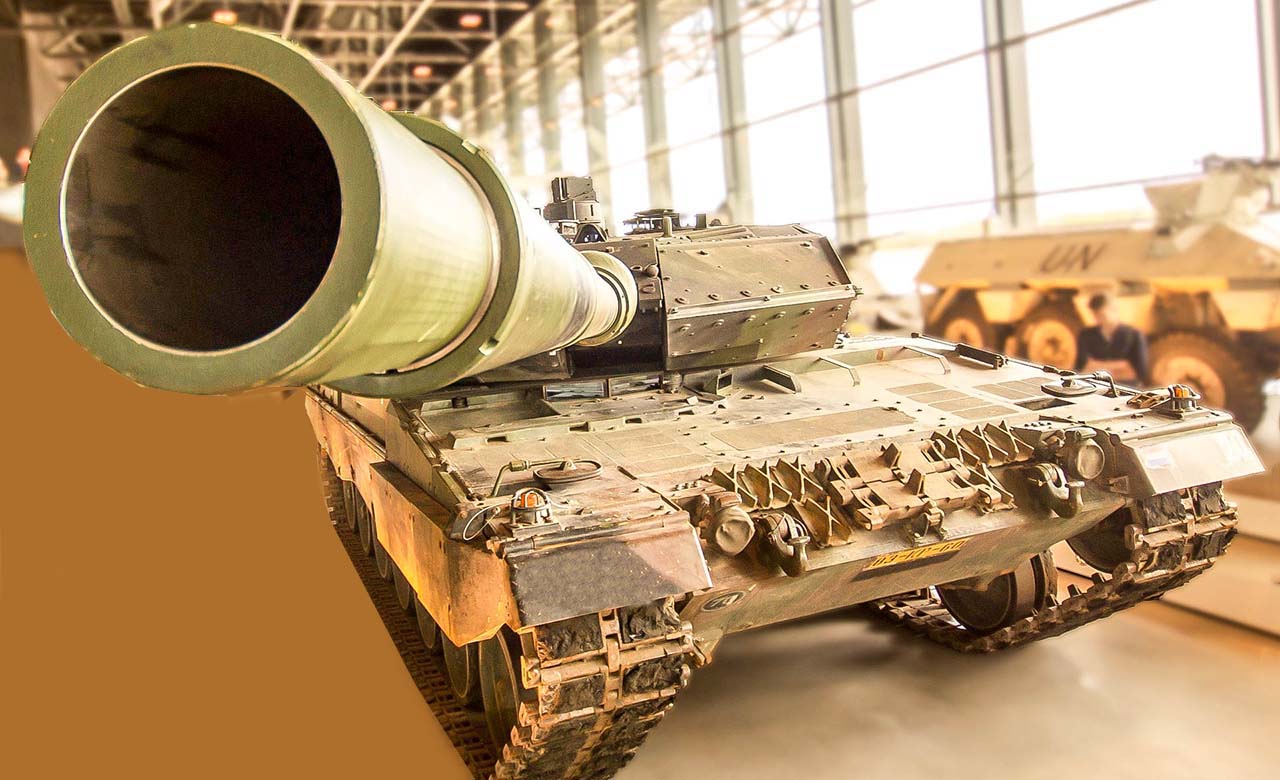
The building that now houses the Military Museum was formerly used as a residence for the military authority, which commanded the French colonial forces. The Military Museum was inaugurated in 1992 by the First President of the Republic of Côte d’Ivoire, Félix Houphouët Boigny. The mission of the Military Museum is to search for, acquire and conserve the material witnesses which trace the history of the Armed Forces of the Republic of Côte d’Ivoire. The Military Museum receives both civilian and military visitors who are interested in discovering the vestiges of the Ivorian army. Visits of national and foreign Senior Army Officers are organized to permit them to discover the Ivorian
Army.
